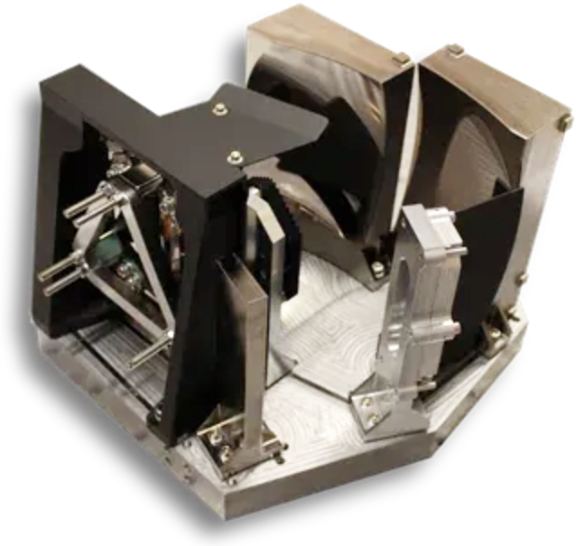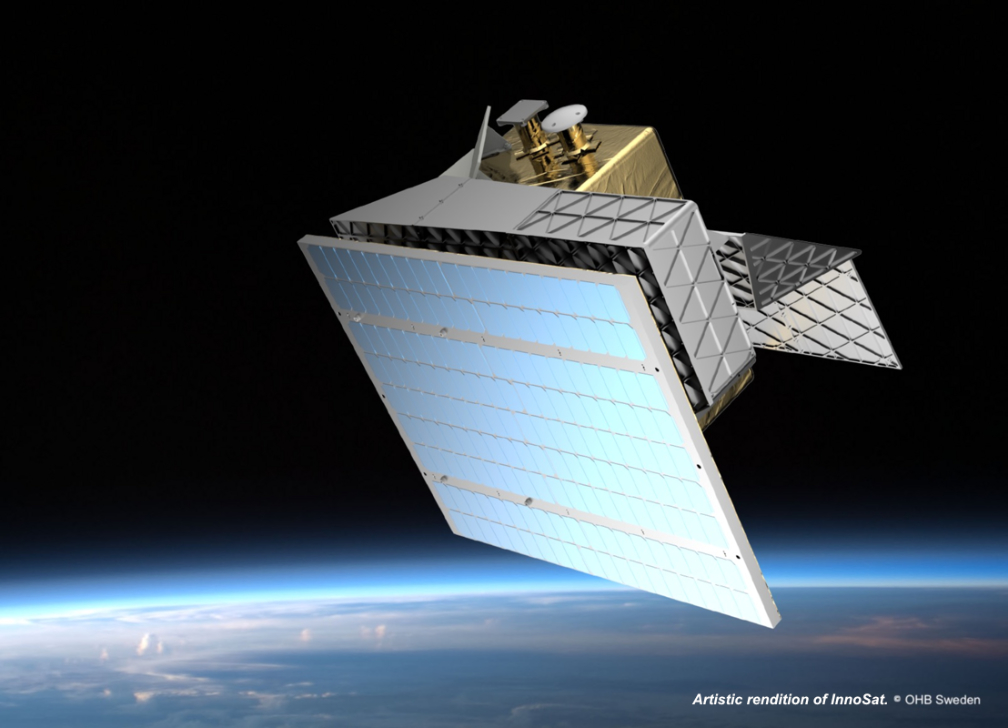
AMOS s.a., a Belgian company specializing in the design and manufacture of advanced optical instruments, and the European Space Agency (ESA) have signed a contract to build and qualify a first flight model of an advanced compact hyperspectral imager designed by AMOS and called ELOIS.

Thanks to the financial support of the Belgian Science Policy Office (BELSPO), this co-funded project will deliver the payload to be integrated on an InnoSat platform by OHB Sweden AB for a launch in 2024.

Both companies have been selected for an In Orbit Demonstration mission as part of the EU Horizon 2020 IOD/IOV Initiative. This program provides to the European industry opportunities to demonstrate and validate, in space, their most promising technologies and products. Such missions are essential for fostering innovation and expanding space capabilities and shows the European Commission’s commitment to maximize European competitiveness, independence and service sustainability in the space sector.
AMOS, leveraging its extensive experience in optical design and free form optics manufacturing, has developed a compact and lightweight, hyperspectral instrument that is dedicated to smallsats and offers a unique combination of large swath (70 km), broad spectral range (VIS-NIR-SWIR), high spectral and spatial resolutions and excellent radiometry. This high performance is achieved thanks to the integration of several technological innovations such as the company’s multi-blazed free form grating.
AMOS’ unique expertise developed in the ELOIS program has also been rewarded through the firm’s selection as member of the Core Team, led by OHB System AG (Germany), in charge of the development of the future CHIME instrument (Sentinel 10). This flagship hyperspectral mission is part of the EU Copernicus Expansion programme.
Philippe GILSON, AMOS’ CEO, said, “AMOS has a long track record in delivering advanced space hardware to large system integrators, from complex mirrors to complete opto-mechanical sub-systems. Our ELOIS is the best of both worlds: large-scale institutional mission capabilities blended in a smallsat payload suitable for the kind of remote sensing constellations considered by New Space startups as well as emerging space-faring nations. With this first IOD, we are paving the way towards our future range of high-end Earth Observation cameras that will be AMOS’ contribution to better seeing, understanding and reacting to the multiple changes affecting our planet.”
